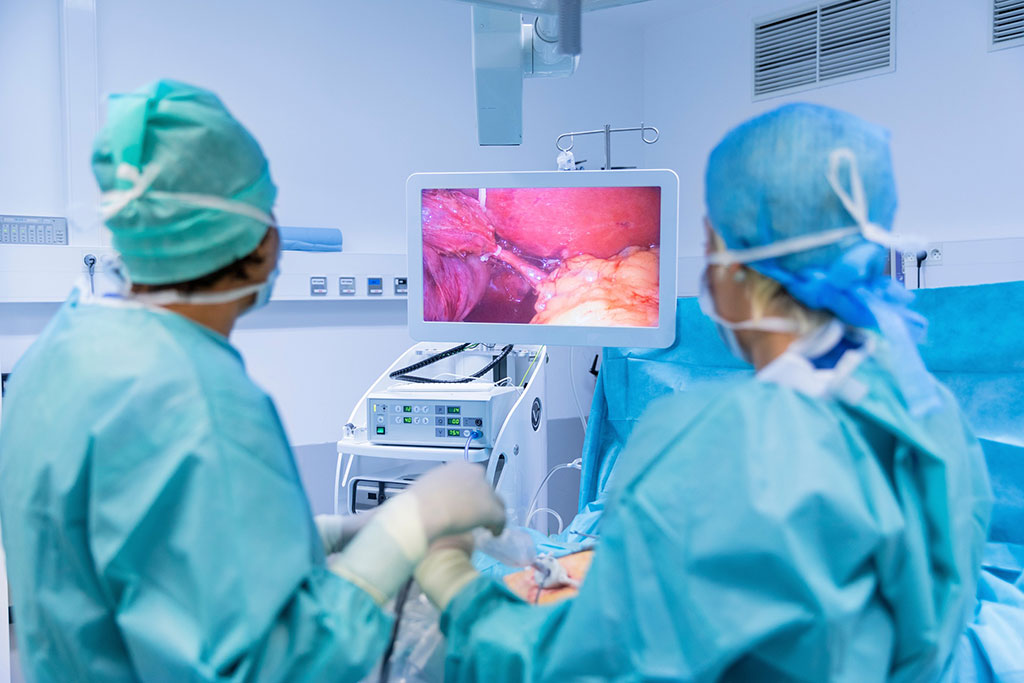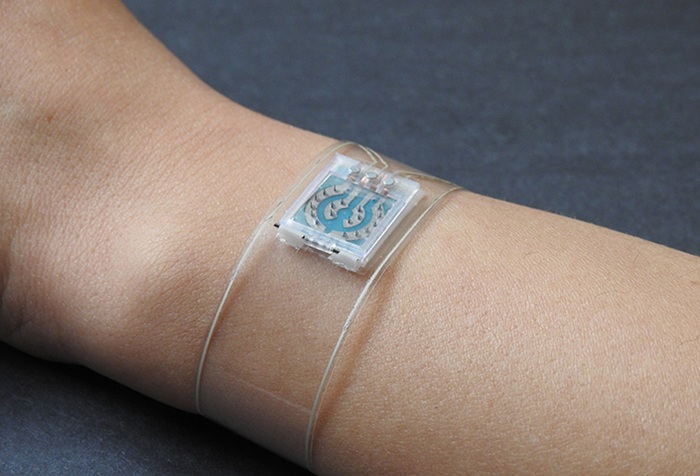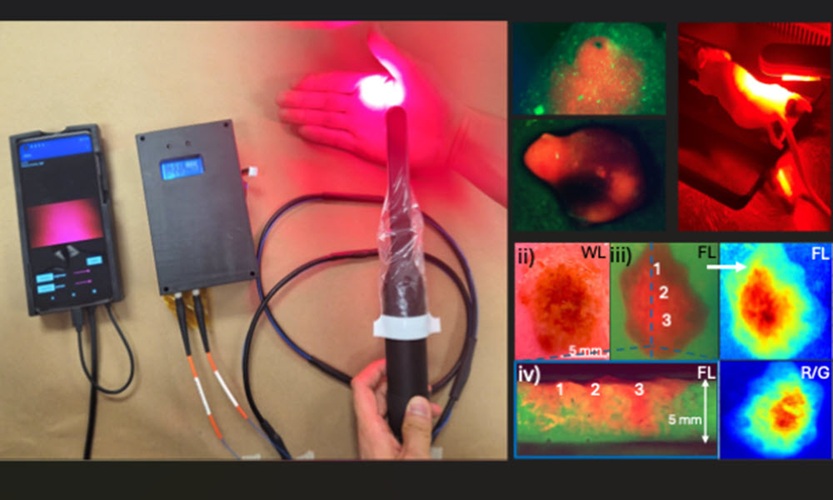AI Transforms Colonoscopy by Improving Detection and Reducing Missed Rates
|
By HospiMedica International staff writers Posted on 06 Dec 2023 |

Colorectal cancer ranks among the top three most common types of cancer globally and is a significant factor in cancer-related deaths. A primary strategy to reduce colorectal cancer incidence involves early detection and removal of adenomatous polyps via colonoscopy. It's noted that a 1% increase in the adenoma detection rate typically corresponds to a 3% decrease in colorectal cancer risk. However, there's an estimated 27% rate of missed adenomas during endoscopy that can be attributed to cognitive or technical errors. Recently, the use of artificial intelligence (AI) has been explored to enhance polyp detection during colonoscopies, aiming to minimize human error. Despite this, inconsistencies in research outcomes concerning AI-based adenoma detection tools and concerns regarding overdiagnosis, which could lead to unnecessary patient stress and costs, persist.
In a new study, researchers at Harbin Medical University (Harbin, China) undertook an extensive review of randomized controlled trials to assess the pros and cons of AI-based systems in adenoma detection, comparing them with traditional colonoscopy methods. This thorough meta-analysis intended to deepen the understanding of AI-assisted detection of colorectal neoplasia. The findings revealed that AI-enhanced colonoscopy methods significantly improved the detection of colorectal neoplasia and markedly reduced the rates of missed adenomas and polyps. These AI-assisted studies also reported notable increases in both polyp and adenoma detection rates, including the average number of adenomas and polyps identified per colonoscopy procedure.
Specifically, the miss rate for polyps using AI-based colonoscopy methods was reduced by 52.5%, and the polyp detection rate was 23.8% higher compared to standard procedures. Additionally, the number of polyps discovered per colonoscopy was higher by 0.271 when utilizing AI-based methods. However, there was considerable variability in outcomes related to polyp detection across these studies. Likewise, the adenoma detection rate improved by 24.2%, and the adenoma miss rate decreased by 50.5% with AI methods. On average, 0.202 more adenomas were detected per colonoscopy using AI-enhanced detection techniques. Yet, these trials also displayed significant heterogeneity in their adenoma detection results.
The study findings indicate that AI-integrated colonoscopy could substantially improve adenoma and colorectal neoplasia detection rates. Minor enhancements in colonoscopy quality could lead to significant benefits in large-scale colorectal cancer screening programs, contributing to uniformity and improved quality in colonoscopy procedures. The research team believes there is a need for further long-term studies to validate the long-term effectiveness of AI-based colonoscopy methods in reducing the rates of morbidity and mortality associated with colorectal cancer.
Related Links:
Harbin Medical University
Latest AI News
Channels
Critical Care
view channel
Discovery of Heart’s Hidden Geometry to Revolutionize ECG Interpretation
Electrocardiograms (ECGs) are one of the most widely used tools in diagnosing heart conditions, but their accuracy can be affected by natural variations in individual heart anatomy. Traditional ECG interpretation... Read more
New Approach Improves Diagnostic Accuracy for Esophageal Motility Disorders
Esophageal motility disorders are conditions in which the muscles of the esophagus fail to function properly, often resulting in difficulty swallowing. Diagnosing these disorders can be challenging, as... Read more
Wristband Sensor Provides All-In-One Monitoring for Diabetes and Cardiovascular Care
Diabetes management is a complex and evolving challenge, particularly when it comes to accurately tracking and understanding how various factors affect blood sugar levels and overall health.... Read more
Handheld Device Enables Imaging and Treatment of Oral Cancer in Low-Resource Settings
Oral cancer is a growing public health concern, particularly in South Asia, where it affects tens of thousands of people each year. In India, oral cancer accounts for 40% of all cancers, largely driven... Read morePatient Care
view channel
Revolutionary Automatic IV-Line Flushing Device to Enhance Infusion Care
More than 80% of in-hospital patients receive intravenous (IV) therapy. Every dose of IV medicine delivered in a small volume (<250 mL) infusion bag should be followed by subsequent flushing to ensure... Read more
VR Training Tool Combats Contamination of Portable Medical Equipment
Healthcare-associated infections (HAIs) impact one in every 31 patients, cause nearly 100,000 deaths each year, and cost USD 28.4 billion in direct medical expenses. Notably, up to 75% of these infections... Read more
Portable Biosensor Platform to Reduce Hospital-Acquired Infections
Approximately 4 million patients in the European Union acquire healthcare-associated infections (HAIs) or nosocomial infections each year, with around 37,000 deaths directly resulting from these infections,... Read moreFirst-Of-Its-Kind Portable Germicidal Light Technology Disinfects High-Touch Clinical Surfaces in Seconds
Reducing healthcare-acquired infections (HAIs) remains a pressing issue within global healthcare systems. In the United States alone, 1.7 million patients contract HAIs annually, leading to approximately... Read moreHealth IT
view channel
Printable Molecule-Selective Nanoparticles Enable Mass Production of Wearable Biosensors
The future of medicine is likely to focus on the personalization of healthcare—understanding exactly what an individual requires and delivering the appropriate combination of nutrients, metabolites, and... Read more
Smartwatches Could Detect Congestive Heart Failure
Diagnosing congestive heart failure (CHF) typically requires expensive and time-consuming imaging techniques like echocardiography, also known as cardiac ultrasound. Previously, detecting CHF by analyzing... Read moreBusiness
view channel
Bayer and Broad Institute Extend Research Collaboration to Develop New Cardiovascular Therapies
A research collaboration will focus on the joint discovery of novel therapeutic approaches based on findings in human genomics research related to cardiovascular diseases. Bayer (Berlin, Germany) and... Read more















